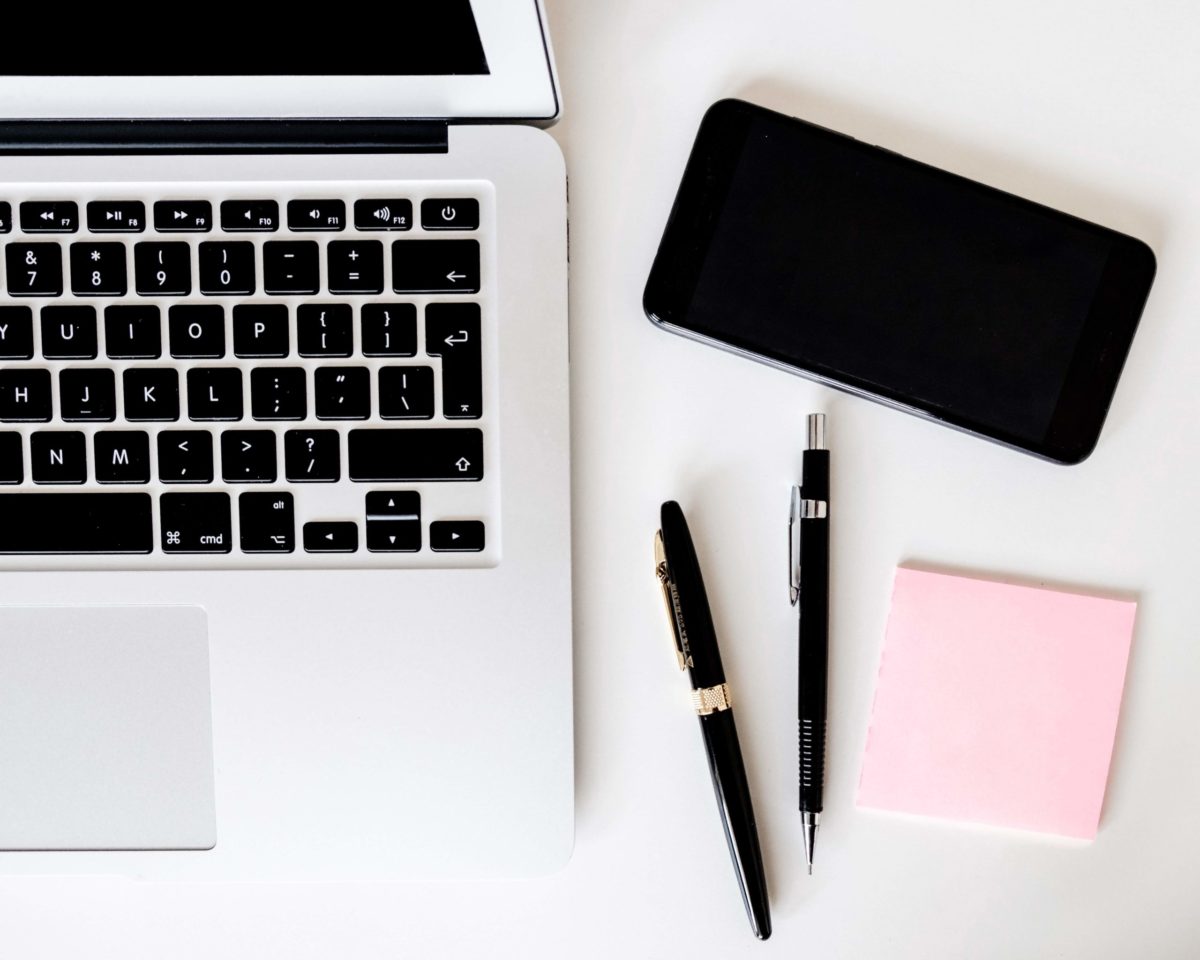How Poets Are Monetizing Their Work on Social Media
“For the times they are a-changin,” Bob Dylan sang—and in recent years, that statement has become true for poets and their sources of income. Ten years ago, if you sat in a creative writing class in the United States, any poetry professor would have told you the same thing: “You can’t make money from poetry.” It was a mantra that every student knew, and it was a fact in those days: If you wanted to make a living and also write poetry, you had to get a day job or become a professor. And then poets emerged on Instagram in the early 2010s and proved to the world that you can make a living from poetry by taking advantage of new digital opportunities and building a dedicated fanbase online.
Since the advent of social media, poetry on Instagram has continued to flourish, and thousands of poets are using social media platforms to support their work and supplement their income. This short guide for monetizing on social media will focus on Instagram and YouTube—which are the two most popular platforms in 2020 that have monetization systems. But the strategies listed here can be applied to other communication platforms, such as Twitch and Facebook.
Before we explore how social media algorithms work, it’s important to remember that social media can become addictive if not used wisely. The recent hit documentary, The Social Dilemma, gives an in-depth analysis of just how dangerous social media can become if people don’t monitor their usage. The documentary also recognizes the positive societal changes social media has created, such as the #MeToo movement. Social media is a tool, and if you remember to use it well by networking and creating an online portfolio of your work, you can also make some money in the process.
POETS ARE BUILDING AN AUDIENCE
Talking about money and making art in the same sentence can seem like sacrilege to many artists, but the reality is that poets have to earn an income whether from their art or their day job. If you choose a career in publishing then you will find out very quickly that building and maintaining an audience is one of the key factors that commercial presses look for when considering authors. While literary presses are mainly focused on the quality of your poetry—instead of how many followers you have—many of the well-known literary presses still expect you to do book tours and market your work. Social media provides an opportunity to give analytics of the engagement your audience has with your poetry, which can be a tool used as leverage when negotiating a publishing contract.
Published poets who are successful but decline to use social media still have to network at writing conferences and book tours, where they are encouraged to sell their books and engage with readers. Social media provides a similar opportunity to interact with an audience, but through a virtual platform—and considering 2020 has required social distancing, many poets have been using Instagram Live and YouTube Live to continue interacting with their readers. Poets who are influencers on social media also connect with their audience through Instagram Stories and YouTube Stories, and they can respond to comments and answer questions through direct messaging. Social media also allows poets to connect with readers who live in other countries and wouldn’t be able to attend physical events.
POETS ARE POSTING CONSISTENTLY AND FREQUENTLY
The key to building an audience is to post consistently and frequently on social media: at least three times per week on YouTube and every day on Instagram. The algorithm will send more viewers to your page or channel when you demonstrate high levels of engagement with users, such as “likes,” “hearts,” and comments. In order to make money from YouTube’s Partner Program and from sponsors, you have to be committed to your channel as a content creator. Letting viewers know your schedule for releasing videos incites them to return frequently. Button Poetry, for example, posts a new video every day, and they’ve successfully acquired 1.3 million subscribers. They also pay the poets they feature.
POETS ARE COLLABORATING
Collaboration is a fun and enjoyable way to create poetry, and as a bonus, many poets are also making money doing it. Atticus is known for his poetry prints, but his words can be found on plenty of merchandise as well, and that merch is also available on Instagram because poets can add a shop feature to their page. Putting your poetry on merchandise is not something that only young poets do; even seasoned poet Ada Limon has put her verses on coffee mugs.
If you collaborate with another artist, be sure to share it as a story and as a post. You can also host an Instagram Live reading with other poets and promote your book at the same time. Another idea is to create your own poetry workshop and sell it on platforms such as Skillshare, Teachable, or Daisy. You could even create a course and sell it through Elephant Academy.
Social media has changed our world and the way we distribute our art. We’re experiencing a publishing renaissance, so why not embrace it? If you want to monetize your work on social media, it will take a lot of time, effort, energy, persistence, and perseverance, but you can do it if you pursue it long enough. Remember, though, that poetry is about creativity, feelings, and expressing yourself, so try not to impose stress, pressure, or expectations about money. Funds gained by developing your writing career is a bonus—not the reason for writing poetry. Just continue having your love affair with language, and in time, the money will come, the followers will arrive, and your audience will grow naturally. Keep writing and keep pursuing your poetry dreams, and gradually those dreams will become your reality.




